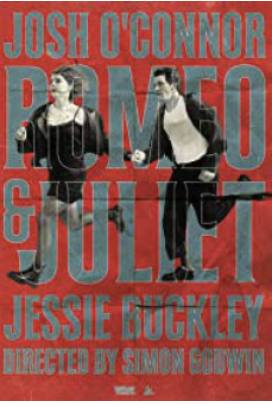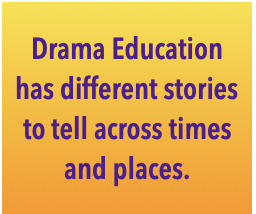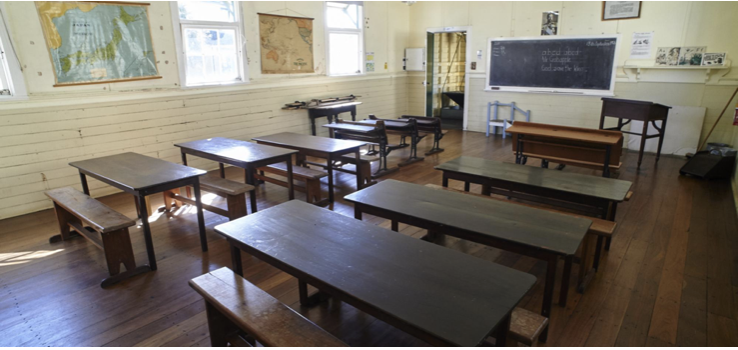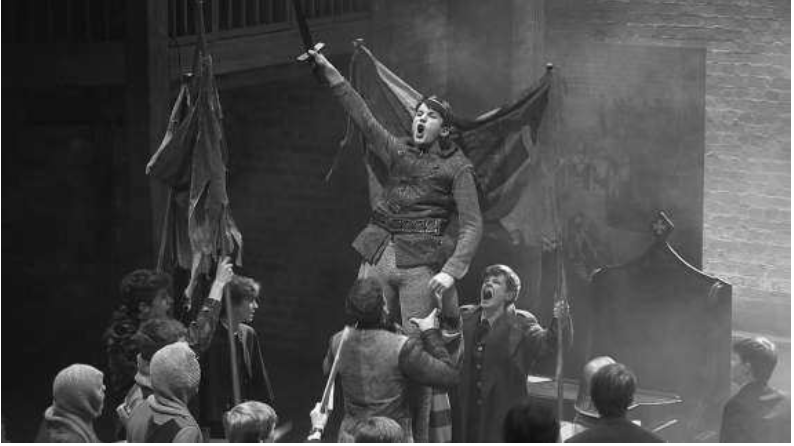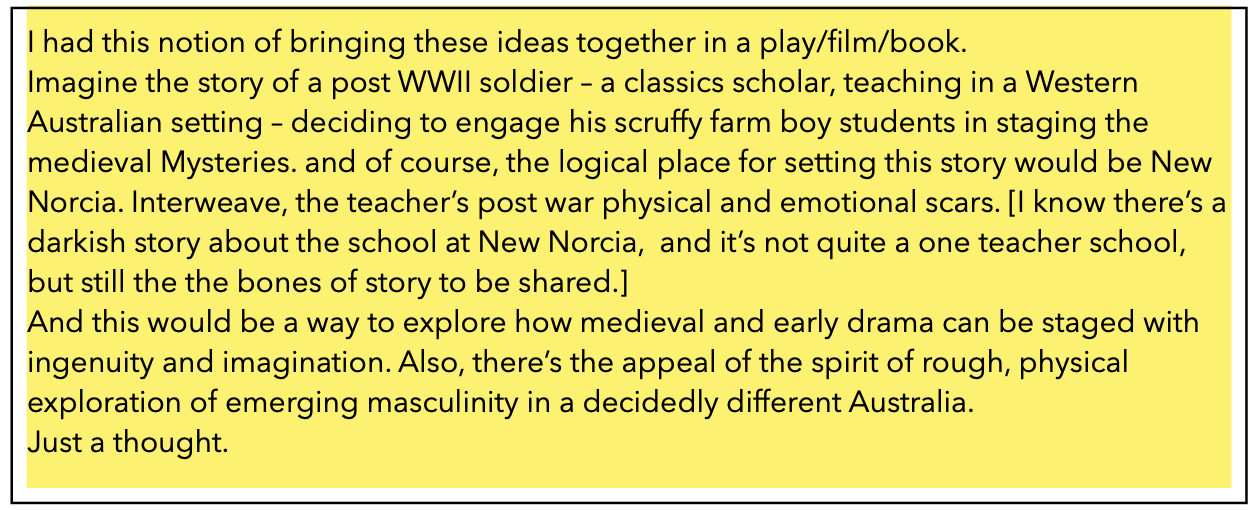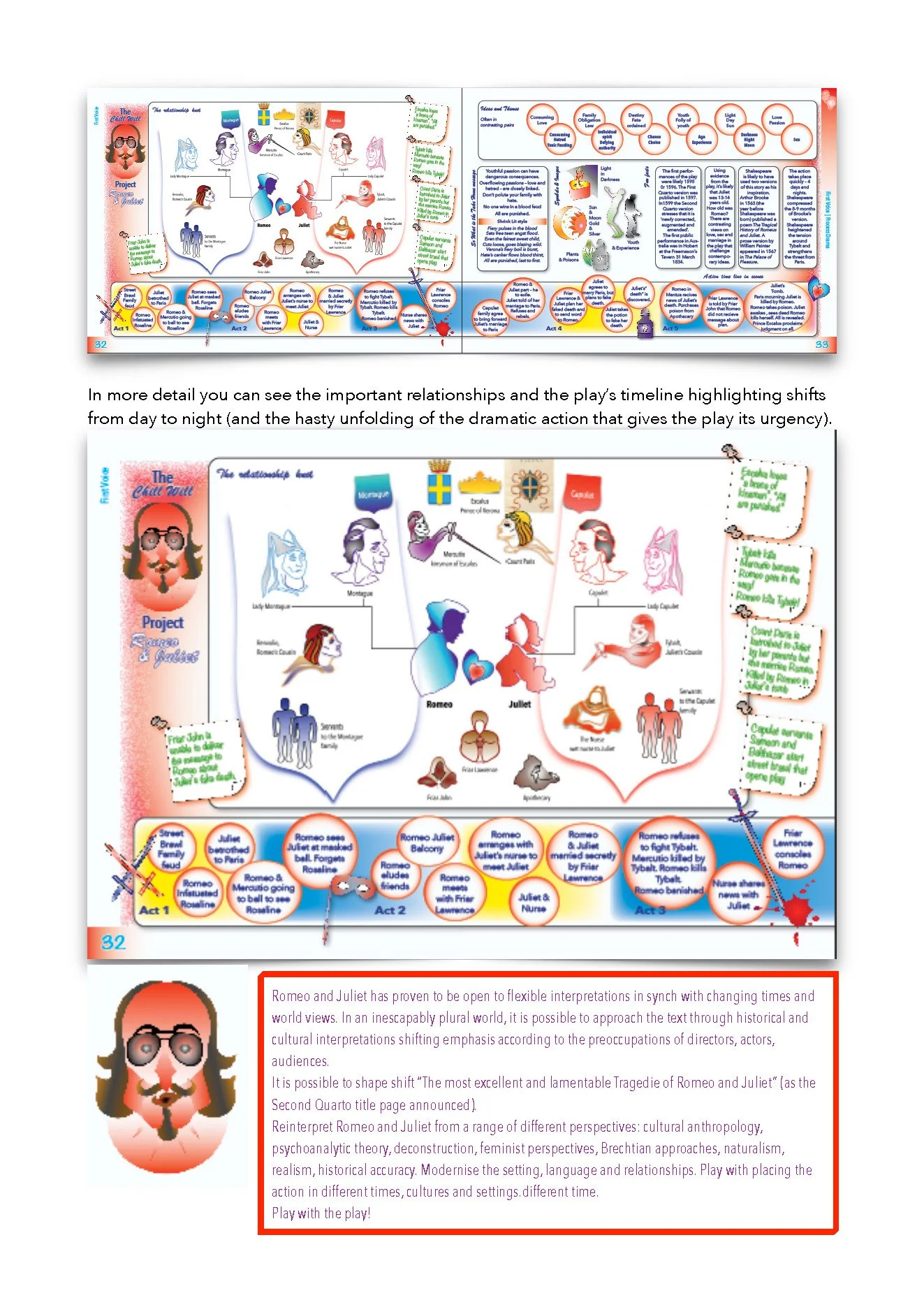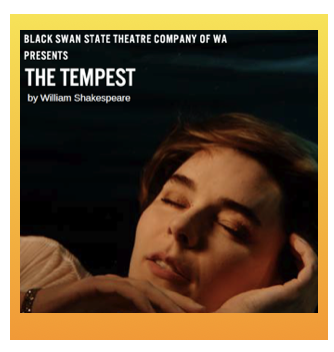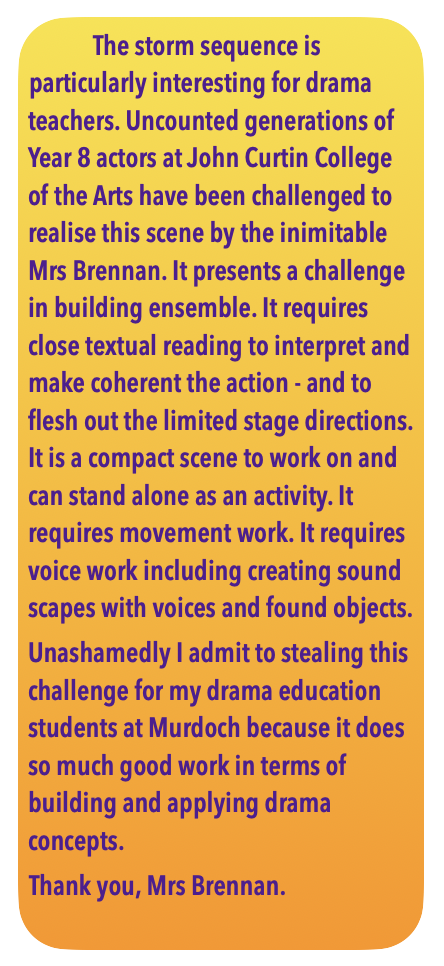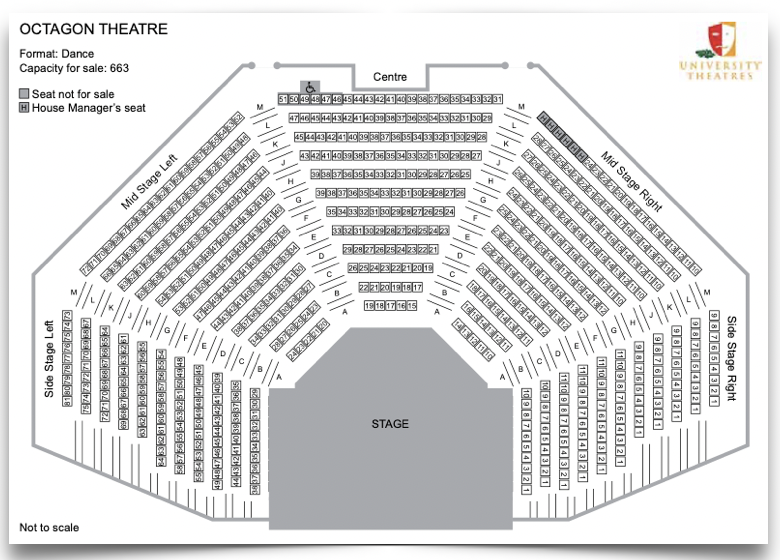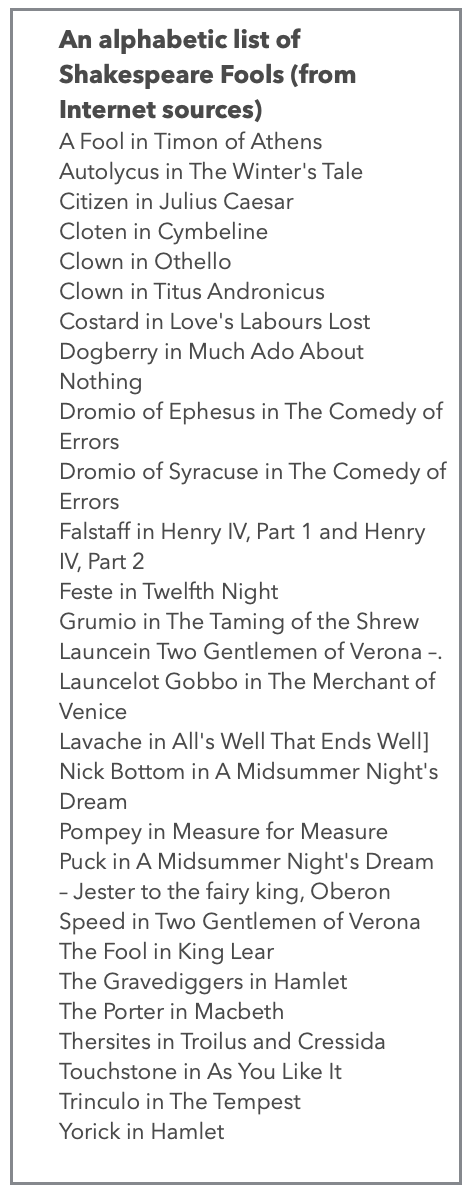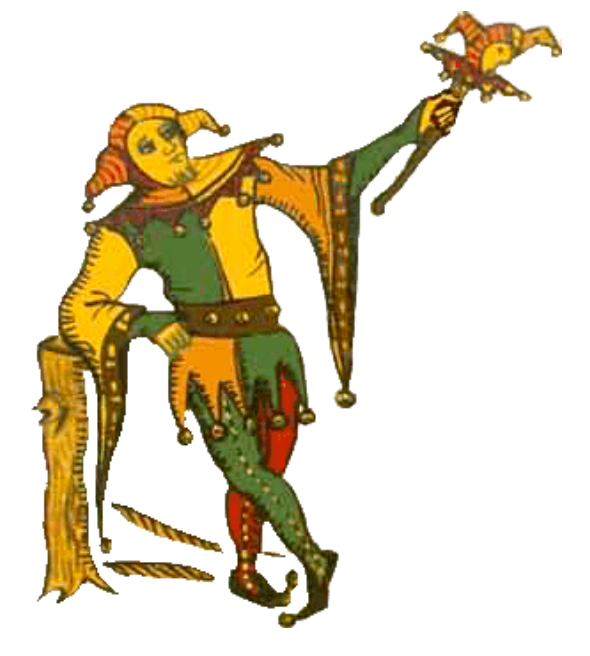The Never Ending Quest – Stories of Drama Education
Let’s be clear from the very start – If We Were Villains (Rio, 2017) is a murder mystery (I will try to avoid any spoilers!). My interest in this story is the specialist Shakespearean theatre and acting school context: the people and the setting.
The action takes place in a small liberal arts/performing arts college in an undisclosed location in the Mid-West in driving distance from O’Hare in Chicago. The action focuses on the seven remaining fourth year students in the Shakespeare Acting cohort.
The author has neatly skewered acting types (and stereotypes) – hero, villain, tyrant, temptress, ingenue, supernumerary, observer (though along the way, the roles change). These are the seven who have survived the end-of-yearly purges. Richard, pure power, six foot three, carved from concrete, black eyes, thrilling bass voice, playing despots and warlords. Meredith, supple curves, skin like satin, designed for seduction. Wren, Richard’s cousin, ingenue, girl next door, waif thin, Filppa, tall, olive skinned, cool, chameleonic. James, quintessentially heroic, handsome like a Disney Prince. Oliver (who narrates the story) sees himself as average in every imaginable way.
The staff are also deftly drawn – Gwendolyn, the bangle leaden, redheaded stick figure hippie acting teacher; Frederick, the chalk dust laden theatre history and text don; and, Camillo, the physical action, combat and movement teacher. And the distantly inspirational Dean of the Academy: I encourage you to live boldly … make art, make mistakes, have no regrets; we expect you to dazzle us and we do not like to be disappointed. (p. 36). The hothouse climate of selective acting schools is strongly evoked.
This group of students are all that are those remaining in the elite program. The dark hints of savagery in the process are present from the start. Final year students focus on The Tragedies – following on from Third Year focused on The Comedies – a Midsummer Night’s Dream production with Oliver and James as Demetrius and Lysander clad only in striped boxers and undershirts.
Their unfolding school year is effectively sketched.
The acting classes for the year begin with a ritualistic personalised purging interrogation in acting class leading to revelation and self discovery at the hands of Gwendolyn. How many times do we read accounts of acting schools setting out to break down and then re-build individuals. In so many acting school approaches this sort of blood sport is mandatory. Cathartic and cleansing and cruel. Questionable.
The text study class is full of fusty philosophy and dusty epithets. The first combat class gives a sound description of the business of the illusions of stage fighting – setting up for later as the rules of the game are disrupted when things get out of hand. The ordinariness of observations such as “being Monday, we all lined up to be weighed”, touch on the unspoken assumed practices of this sort of training.




